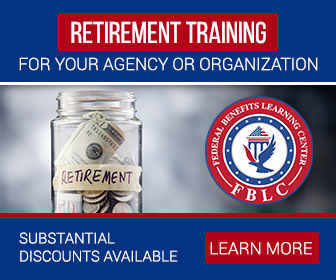The Blended Retirement System just changed how retirement works for military personnel around the world, introducing military TSP plans to the previous pension program. As of the publishing date of this article, there are over 1.7 million people serving in the military. Military service refers to all those in the US Navy, the US Army, the Air Force, the Coast Guard, and the Marine Corps.
The United States Government offers generous pensions for military service, which are adjusted for inflation by annual Cost of Living Adjustments (COLAs).
Recently, a new retirement program was introduced for those in the military. This program is called Blended Retirement System, or BRS
- Also Read: FAA, Law Enforcement, and Special Federal Employee Categories—Here’s What Makes Their Retirement Unique
- Also Read: Blending Private and Public Sector Retirement Plans Is Complicated—Here’s Where Couples Get It Wrong
- Also Read: The Silent Shift in Postal Service Retirement Benefits That Could Change Everything by 2026
This new system took effect on January 1st, 2018. Its main aim is to ensure that military personnel have a secure future, but under this new program, military pensions are reduced by 20%. This reduction is made up for, however, by the defined contributions in the Blended Retirement System.
Those members of the military that have been in service for twelve or more years as of the 31st of December, 2017, remain on the traditional retirement plan, earning a guaranteed monthly check for life based on their salary and length of service.
Those who have served for less than 12 years have an option to choose whether they will remain in the old legacy plan or they will join the new BRS program.
Any new members joining the military are automatically enrolled in the BRS program and contribute towards retirement.
Eligibility
For one to earn a guaranteed retirement pension, one has to serve for at least 20 years. Most people, however, never stay for the 20 year period. 83% of members leave before achieving this “20 or nothing” milestone.
You start receiving benefits on the day after retirement no matter how old you are. As long as you served for 20 years, you could be 39 and still get your benefits.
Members who stick around and serve for 40 years receive a monthly pension worth 100% of their final salary.
At age 62, you also start receiving additional retirement benefits from your social security fund.
What happens in case of death?
Retired members may participate in plans that allow continued annuity to their families after death. These are the:
1. SBP (Survivor Benefit Plan)
2. RCSBP (Reserve Component Survivor Benefit Plan)
Military and the TSP
This plan is the part of the BFS that involves investment accounts into which you make defined contributions. There are two options where you can either make your contributions before or after tax; the traditional TSP or the Roth TSP.
Members contribute up to 5% their salary and receive matching contributions.
For new members who joined the service after 1st January 2018, these matching contributions begin after the first two years of service. Members who have been in the military before this do not experience a delay of military TSP matching contributions.
An automatic 1% is made by the government for new members two months after their enrollment. The government will contribute this 1% whether or not the member contributes anything.
Your contributions are matched dollar for dollar for the first 3% and 50 cents per dollar for the remaining 2%.








